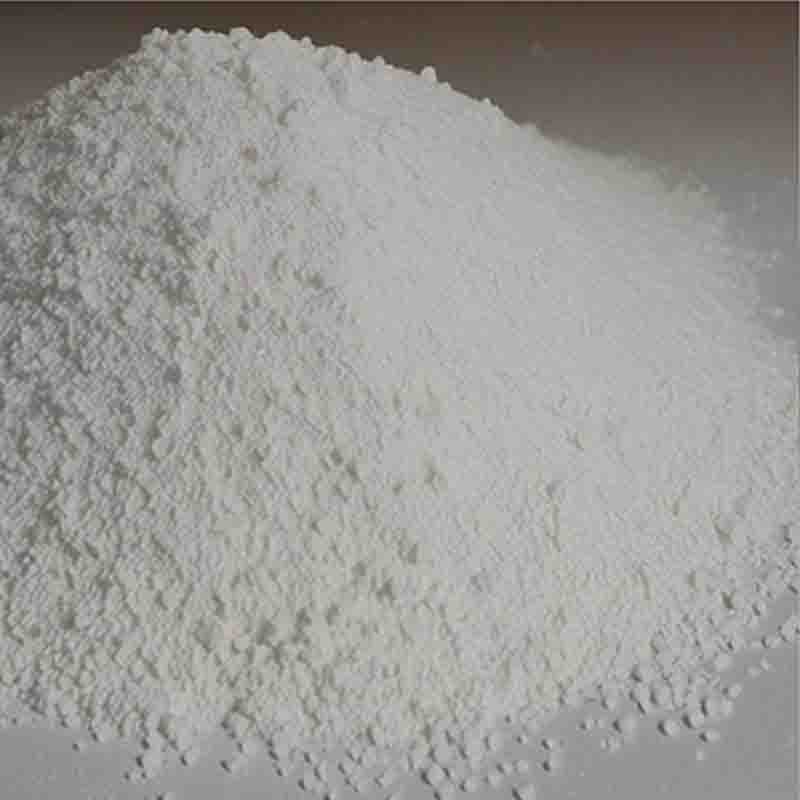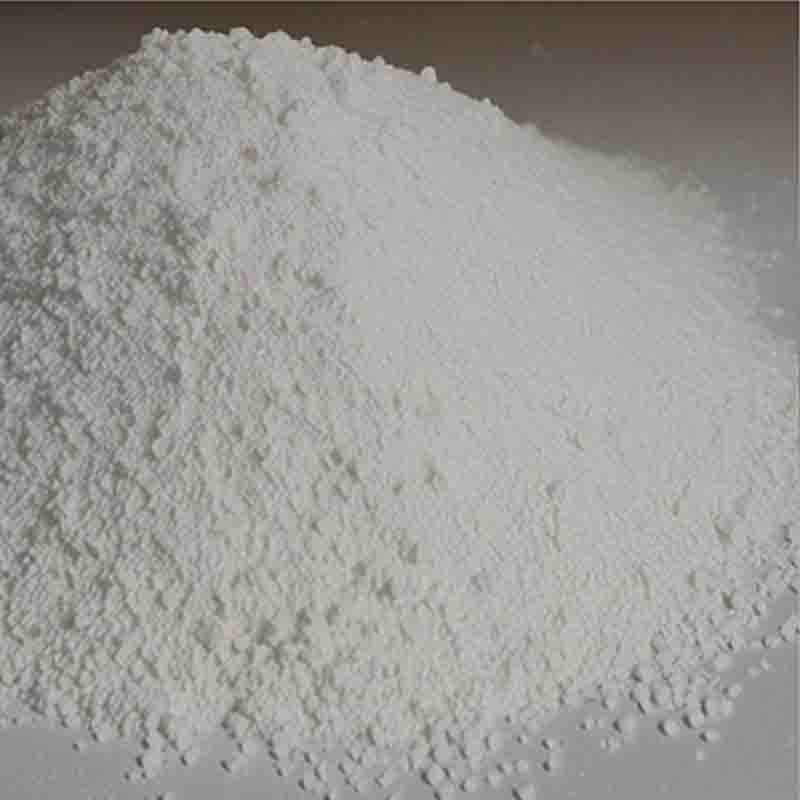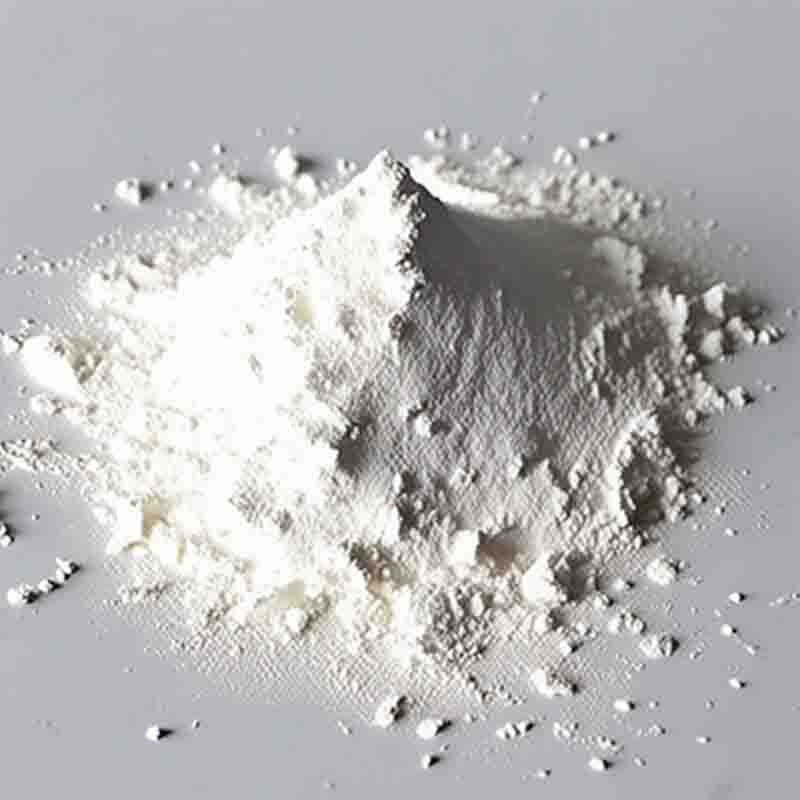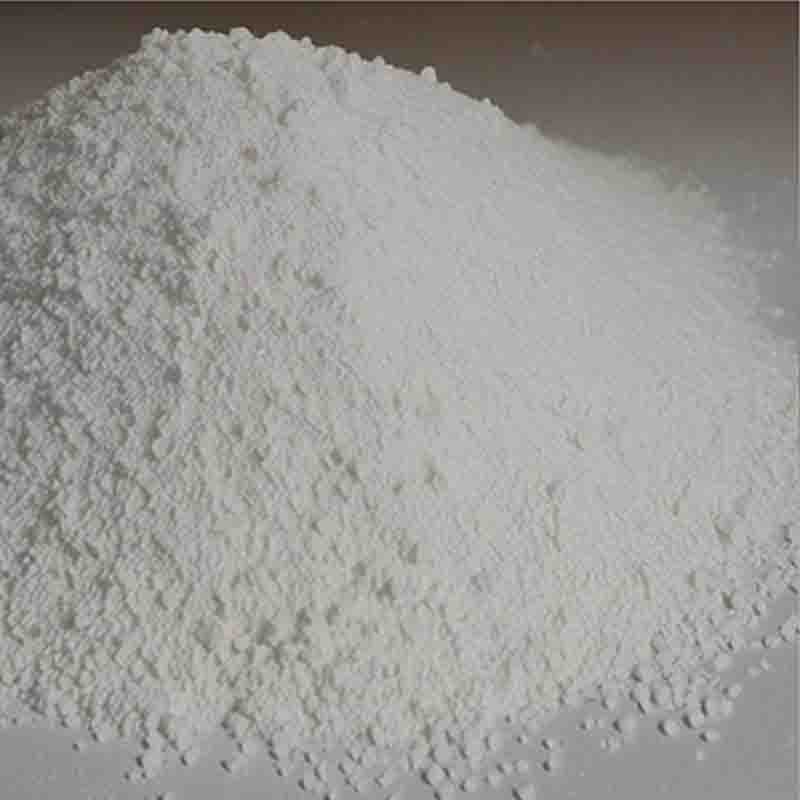Triphenylaceticacid CAS:595-91-5
| Catalog Number | XD95104 |
| Product Name | Triphenylaceticacid |
| CAS | 595-91-5 |
| Molecular Formula | C20H16O2 |
| Molecular Weight | 288.35 |
| Storage Details | Ambient |
Product Specification
| Appearance | White powder |
| Assay | 99% min |
Triphenylacetic acid is an organic compound with the chemical formula C20H16O2. It belongs to the class of aromatic carboxylic acids and is widely used in various fields due to its unique properties. Here, I will discuss some of the common effects and applications of triphenylacetic acid.Pharmaceutical Applications: Triphenylacetic acid is often used as an intermediate in the synthesis of pharmaceuticals. It can be employed as a starting material to produce a variety of drugs, including antihistamines, antiviral agents, and anti-inflammatory medications. The acid's aromatic nature and carboxylic acid functionality make it suitable for drug synthesis.Polymer Synthesis: Triphenylacetic acid is also used in polymer synthesis as a catalyst or crosslinking agent. It can facilitate the formation of polymers with unique properties, such as increased strength, durability, and resistance to various environmental factors. Additionally, it can act as a stabilizer, preventing degradation of polymer materials over time.Solvent: Triphenylacetic acid is sparingly soluble in water but dissolves well in organic solvents, making it useful as a solvent in various chemical reactions. It can effectively dissolve organic compounds and act as a medium for carrying out reactions, purification, and separation processes.Biological and Environmental Effects: While triphenylacetic acid is generally considered safe for use in pharmaceutical and industrial applications, its impact on the environment and living organisms should be considered. Studies have shown that triphenylacetic acid can undergo degradation in the environment through natural processes. However, excessive release of this compound can have adverse effects on aquatic life and ecosystems.Chemical Reactions: Triphenylacetic acid can participate in a wide range of chemical reactions, such as esterification, oxidation, and reduction reactions. These reactions allow it to be modified or transformed into other functionalized compounds with specific applications.In conclusion, triphenylacetic acid is a versatile compound with various effects and applications. Its role as an intermediate in pharmaceutical synthesis, catalyst in polymerization, solvent, and participant in chemical reactions make it valuable in many industries. However, it is essential to consider the potential environmental and biological effects when utilizing and disposing of this compound.









